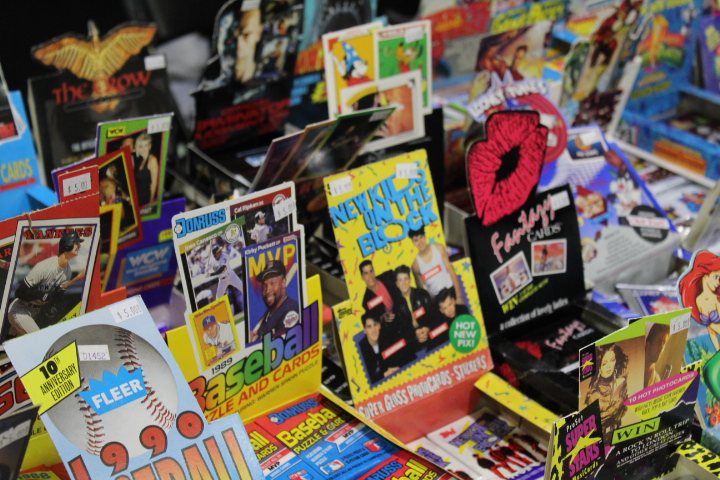
Daniel Michael
Trading cards are amongst some of the most highly sought after products for those who wish to revisit their past.
Nostalgia is defined by the Merriam-Webster dictionary as “a wistful or excessively sentimental yearning for return to or of some past period or irrecoverable condition.”
Typically, the feeling is referencing toys, games, films or anything that can make someone feel a distinct desire that cannot be satisfied by current products or services. Those who decide to delve into these feelings of the past will inevitably want to experience these emotions once more and will attempt to procure the items that will satisfy them.
Unfortunately, many of these items have caught the attention of those who understand the concept of “supply and demand,” which has created a surge in price for dozens of products.
Items such as first edition trading cards, vintage games and cars all have seen price spikes that some cannot afford but pay anyways to return to another time in their lives.
“Nostalgia is a pretty powerful force. Whether we want to rediscover something that gave us joy as kids or maybe chase down the thing we didn’t get for Christmas that one year, we’re looking for a connection to that simpler time.” – Cenate Pruitt, University of North Georgia Sociology Associate Professor
Cenate Pruitt, an Associate Professor of Sociology at the University of North Georgia, provided clarification on the phenomena alongside a deeper insight as to how corporations may view it.
With a majority of the products being tied to corporate intellectual properties, the corporations see it as a chance to cash in on the feelings of a “potentially shrinking audience” that now has a disposable income they did not have as a child.
Pruitt added that, “If you grew up with Optimus Prime, like I did, then Hasbro will gladly sell you one that’s just like the one you wanted for Christmas back in the 80s, or one that looks just like he did in the cartoons.”
However, while some corporations often make reproductions of older products for their audiences, companies that usually deal with games like Nintendo, Sega or even Capcom tend to stray away from doing so in order to look into the future for more advancements.
This leads fans of their work to produce unofficial “emulators” that can run the game software on computers and satisfy a portion of the fan base.
Though a “social hierarchy” of sorts still exists for both physical and digital goods between those who value the original product for its “symbolic value” and the unofficial, oftentimes free product for its “functional value,” as Pruitt put it.
At the end of the day, some are willing to pay the exorbitant prices tied to some products in order to capture the true feeling of “the originals,” while others are simply satisfied with being able to experience kindred feelings to what they felt in the past.